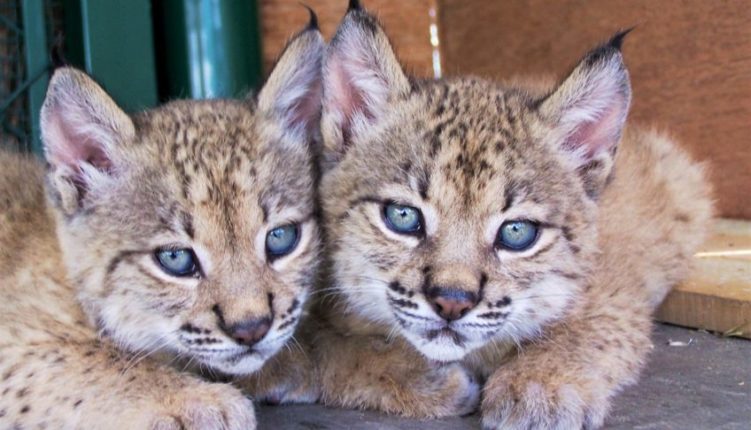In 2002 the Iberian Lynx, also known as the Pardal Lynx and Spanish Lynx, was extremely close to extinction with under 100 known individuals. Now, after ambitious conservation efforts, there are more than 400.
The Iberian Lynx has a tawny coat with dark spots, a black-tipped tail, tufts on its ear tips and what looks like a beard around its face. Its main prey is rabbit which has seen a decrease in numbers due to epidemics such as myxomatosis, hunting and of course loss of habitat. The latter two are also reasons for the decline in numbers of the lynx together with lack of prey. However, it is now illegal to hunt the lynx and with the enormous success in the captive breeding programmes running in Spain and Portugal, numbers are on the increase.
So far in 2020 14 cubs have been born in Silves, Portugal, with 12 surviving. The National Iberian Lynx Reproduction Centre (CNRLI), supported by the Institute of Nature and Forest Conservation (ICNF), is located in the hills between Silves and São Bartolomeu de Messines. Currently they do not accept visitors for obvious reasons.
The centre opened in 2009 and works within a network of facilities across the Iberian Peninsula. Since then 133 animals have been born in Portugal with 100 surviving. Over 30 lynx have subsequently been released in the Vale do Guadiana National Park.
To see the latest cubs being born click here and for the first cubs of 2020 click here.
See here for more information on nature in Algarve.
Image courtesy of CNRLI/ICNF


One thought on “Success of the Iberian Lynx”